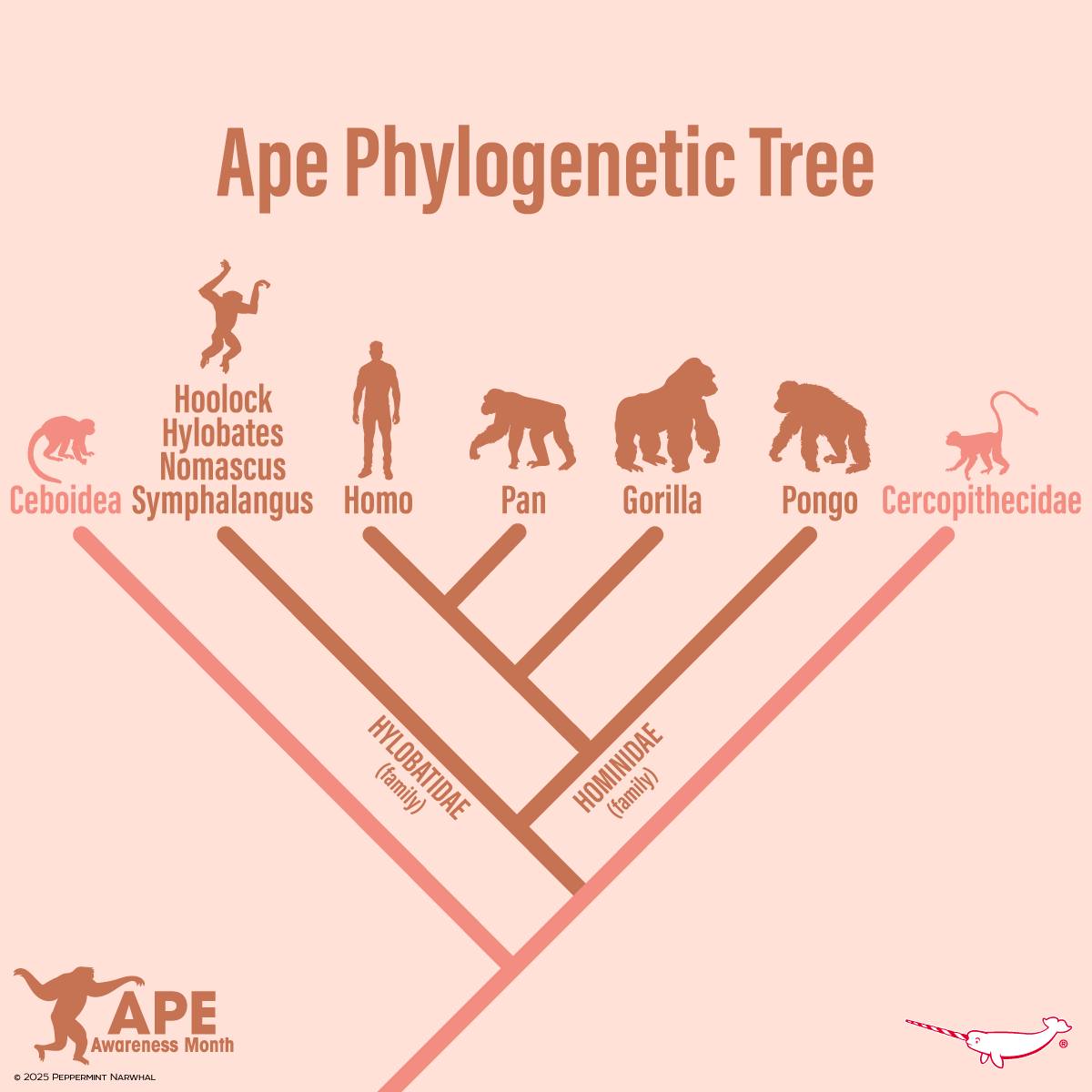- Explore the origins and purpose of Happy Ape Awareness Week
- Discuss the significance of apes in the phylogenetic tree and their biological characteristics
- Highlight the conservation challenges faced by apes and the importance of preservation efforts
- Share insights into community involvement and educational initiatives during Happy Ape Awareness Week
- Examine the role of organizations like the IUCN in supporting ape conservation
Happy Ape Awareness Week focuses on recognizing and appreciating our closest relatives in the animal kingdom. This observance draws attention to the diversity, behavior, and conservation status of these remarkable creatures. By exploring the origins and purpose of this special week, we can appreciate its invaluable role in science and conservation.
The genesis of Happy Ape Awareness Week stems from a collective drive to promote the understanding and protection of apes. Each year, this week serves to educate the public on the critical plight of these animals. It provides a platform for highlighting the conservation matters that apes face worldwide—initiatives aimed at preserving habitats, reducing poaching, and fostering coexistence with human populations are crucial talking points.
Apes hold a special position in the phylogenetic tree. As a subgroup of primates, they share a significant amount of genetic material with humans, making them essential subjects of study for understanding human evolution and biology. Notably, apes are divided into two families: Hominidae for the great apes and Hylobatidae for the lesser apes, the gibbons. Within these families, renowned species like gorillas, chimpanzees, bonobos, orangutans, and various gibbons each exhibit unique traits, social structures, and habitats.
Gorillas, for instance, are the largest of the great apes and are mainly found in the forests of central Africa. They are divided into two species: the western gorilla and the eastern gorilla, with distinct subspecies. Their social dynamics involve living in groups led by a dominant male known as the silverback. Chimpanzees and bonobos, meanwhile, are famed for their high levels of social interaction and intelligence. They exhibit complex behaviors such as tool use and diverse communication methods, which provide insights into human-cognitive processes.
Orangutans, comprising the Sumatran, Bornean, and Tapanuli species, inhabit the rainforests of Indonesia and Malaysia. These arboreal primates are known for their striking red fur and solitary nature. Gibbons, the lesser apes, are renowned for their agility and vocal communication, inhabiting the dense forests of Southeast Asia.
Each of these species faces profound conservation challenges. Habitat destruction, driven by deforestation for agriculture and urban development, poses a significant threat. The illegal wildlife trade and poaching for bushmeat further jeopardize many ape populations. Diseases transmitted from humans due to increased contact also contribute to their decline, an unintended consequence of growing human expansion into natural habitats.
During Happy Ape Awareness Week, numerous initiatives are launched to address these conservation issues and educate the public. Zoos and wildlife parks organize events and exhibitions to showcase the beauty and importance of apes. Schools integrate ape-themed lessons and activities to inspire young minds. Virtual campaigns and social media engagements are particularly impactful, expanding the message to a global audience.
Community involvement is central to the success of these efforts. Local communities living near ape habitats are often engaged in conservation strategies, providing them with sustainable livelihoods that do not harm ape populations. Education and awareness campaigns help cultivate a sense of stewardship while reducing human-wildlife conflicts.
Organizations like the International Union for Conservation of Nature (IUCN) play a pivotal role in ape conservation. The IUCN, through its Species Survival Commission and partnerships with local and international bodies, develops guidelines and strategies for protecting ape species. Their assessment of each species’ conservation status is critical for mobilizing global efforts.
The collaboration between conservationists, governments, NGOs, and local communities underscores the multifaceted approach needed to ensure the survival of apes. Each stakeholder brings unique resources and expertise, contributing to an overarching strategy focused on sustainable habitat management, species protection laws, and public engagement.
Happy Ape Awareness Week serves as an impactful vessel for fostering a collective appreciation and responsibility for our primate relatives. By understanding their rich diversity and the challenges they face, we can better support conservation efforts devoted to their protection and ensure that future generations can continue to enjoy and learn from these incredible creatures. The shared heritage and evolutionary bonds between humans and apes underscore the importance of preserving these species for the ecological health of our planet.
*****
Source Description
Happy Ape Awareness Week
Here is a look at the Ape Phylogenetic Tree.
What is your favorite ape? Is it one of the two gorilla species, or maybe one of the three orangutan species, or how about a Chimpanzee, Bonobo, or one of the many gibbons? Or maybe its your mom, dad, sister, brother, or best friend.
Special thanks to our friends at the @iucn_gibbon (IUCN Section on Small Apes) for support on this graphic.
APE & PRIMATE PINS – https://www.peppermintnarwhal.com/s/search?q=chimpanzee%20orangutan%20primate
ANIMAL HOLIDAY CALENDAR – ONLY $10 – FINAL DAYS!
PINPALOOZA – Select pins $5, $7, & $9 through April 20, 2025!
Shop www.peppermintnarwhal.com
International Shoppers visit our store on Etsy:
www.etsy.com/shop/PeppermintNarwhal


